Written by Lorrie Reynolds
Categories
How many times have you left your dog agility or trick practice feeling like you didn’t make any improvements? It’s not enough to just go out and practice. We can take some lessons from human instructional design to help make our practice sessions productive.
With people, instructional best practices always repeat the phrase “Tell them what you are going to tell them, tell them, and then tell them what you told them.” Instructors look for opportunities to provide varied types of learning for people who learn best by seeing, hearing, or doing. Dogs, of course, aren’t people, and can’t learn by watching a slideshow or hearing a lecture. However, there are several things we can take from human best practices that can help us design a more productive training session.
Plan Ahead
Instructors have a course outline, talking points, and their lecture prepared ahead of time, and generally review those materials before each session. Provide the same level of attention and service to your dog. Know what you are going to train during the session and how you are going to work through it. There will always be things we get sidetracked from, or something we are struggling with, but it will help to be prepared and know what you are trying to accomplish.
What to Do
Outline what you are going to train ahead of time, and make sure you have everything you need for your training session before you start.
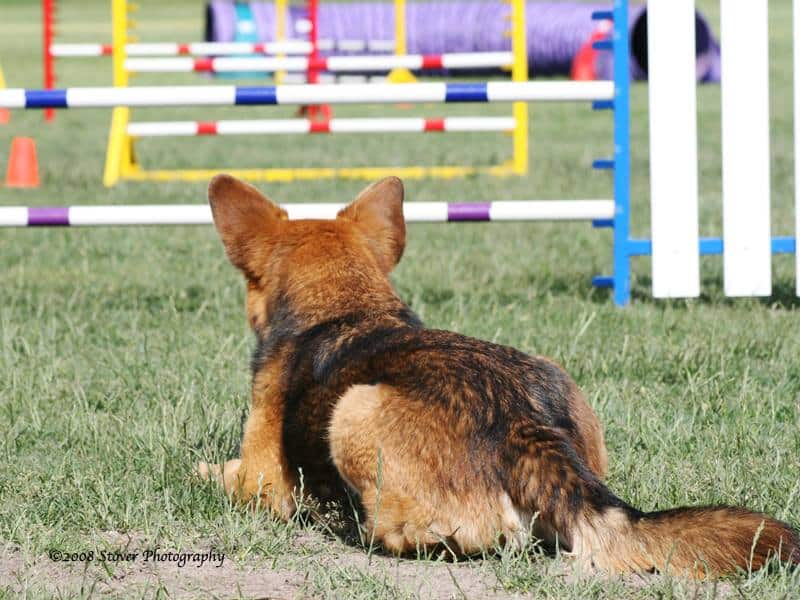
Use Environmental Cues to Set the Stage for Learning
With dogs, our equivalent of “tell them what we are going to tell them” is setting up the environment. Contextual and environmental cues can help set the same expectations for canine learners that our verbal overview sets for human ones. If we are at the agility field with jumps and tunnels set up, the dog has a context for what we are teaching. If we use a specific harness and lead for nose work, the dog understands that every time that harness and leash goes on, we are working on scent activities. Many people have specific collars and leashes they use for rally or obedience. The decoy is a big clue that the dog will be doing protection work! Although we can’t verbally tell the dogs what we will be teaching that day, we can give them environmental and contextual cues that will help them understand our goals.
What to Do
Use the same set of equipment for each activity (agility vs. nose work, for example). If I walk into my training room, the dogs don’t have collars on, and I pick up the clicker, they assume we are going to work on tricks. That helps set the expectations.
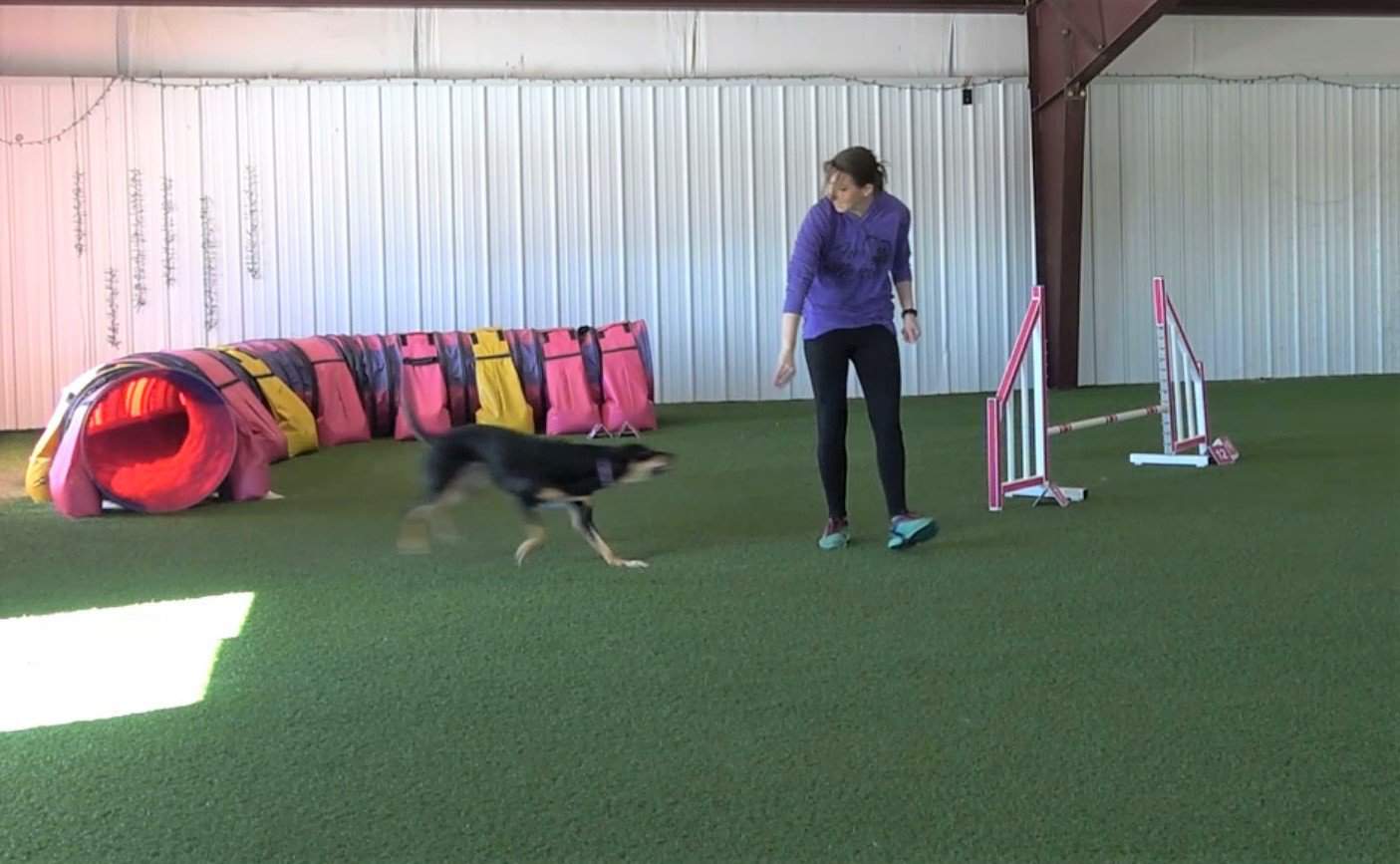
Use Your Training Time for as Much Hands-On Training as Possible
In the human world of learning, we have to be cognizant of different learning styles. Some people are visual learners, some auditory, and others are kinesthetic. Dogs, for the most part, are kinesthetic learners, they learn best by doing. Be prepared so that you can spend the vast majority of your training time actually doing the activity you are trying to teach.
What to Do
Documentation for planning and recording the results of training sessions is important, but shouldn’t be an interruption. Prepare and plan before you engage with your dog, and focus your full attention on actual training during your training session. The frequent breaks in between training should be used to engage in play with the dog, not to document your session and ignore him.
Test Frequently
Instructors often keep human students engaged by asking them to complete quizzes, answer questions, have a conversation, or present what they have learned. This allows the instructor to gauge how the student is doing and either increase or decrease the challenge of the material to keep the students balanced between the boredom of hearing things they already know and the frustration of not understanding the material. Our dogs are no different. If we don’t increase the difficulty of the training, and we continue to ask for the same thing over and over again, they may not get “bored” but they are not motivated to continue to perform the behavior for the same reward. If we continually push them to perform above the level of understanding, they disengage from training because they are not getting rewarded often enough and we are decreasing their confidence. Our training sessions need to include testing so we can adjust the difficulty level accordingly.
What to Do
The standard criteria for moving to the next step of teaching is 80% success. If your dog is successfully performing a behavior 80% of the time, increase the difficulty of what you are teaching by using just a hand lure rather than a treat lure, incrementally increasing the distance, or pushing for the next step in the shaping process. If they are meeting criteria less than 50% of the time, back up one step to make it just a bit easier.
Analyze Your Teaching Method
During human training courses, instructors continually note what is working well so that the students gain a better understanding of the topic, and what isn’t working well so they can fix it. Often, they will revisit a topic that wasn’t “sinking in” after they have had a chance to adapt their training materials. Adopt the same practice with your dog. If your dog is struggling to understand something, don’t keep trying to teach it the same way. Make a mental note of what you were doing and move on to your next task.
What to Do
As you are training, if something clearly isn’t working, stop trying, ask for a well-established behavior so the dog gets a reward, take a play break, and move to the next task. After your training session, make note of what went wrong, try to determine what the problem was, and change your method and plan. Include the adapted material in your next session.
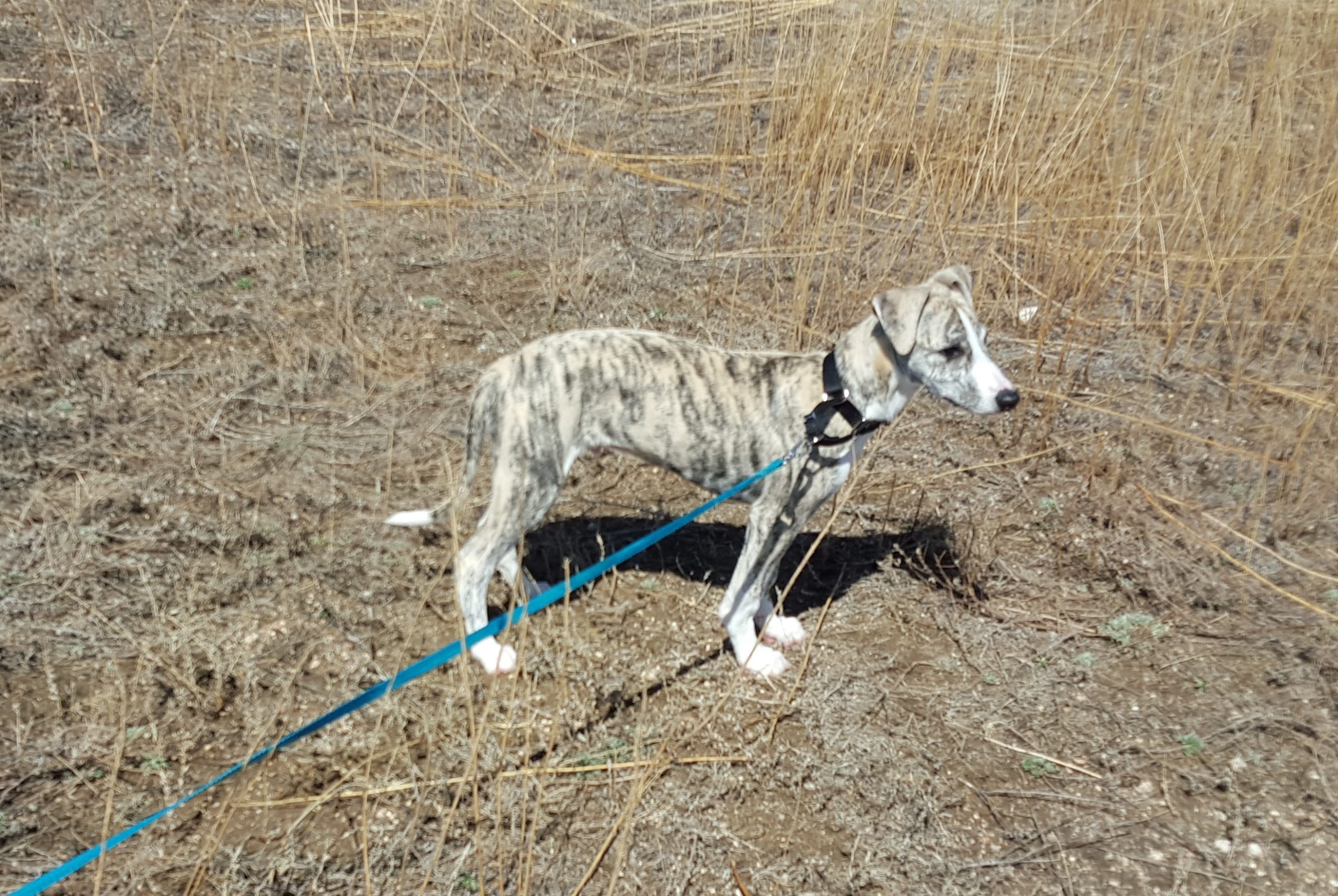
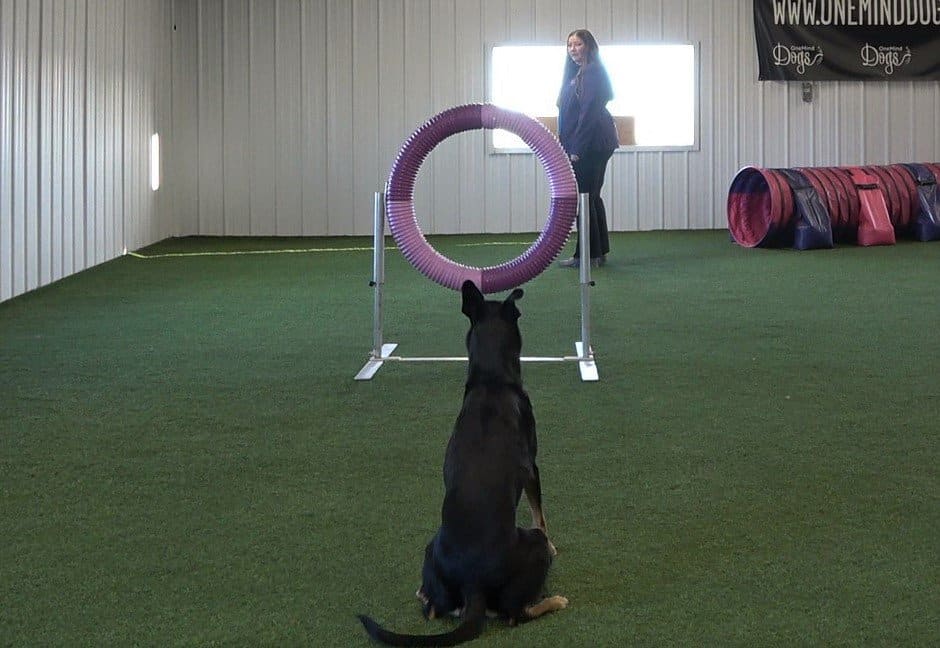
Stay On Track
If you have ever attended a class where the instructor continually got sidetracked and went on tangents, you know how frustrating that can be. You may not have been able to cover all of the material on the syllabus, or the material toward the end might have gotten cut short. Although there are many times when a tangent can be a good thing, such as an explanation of a concept many people are struggling with, most of the time it is a hinderance to learning the main topics in the class. In the same way, if we continually get sidetracked while we are training, the dog may learn a bunch of behaviors to a 50% level, and none of the behaviors to proficiency.
What to Do
Stick to your plan. If the dog volunteers something cute that you want to explore further, make note of it, but don’t let it derail your session. If there is a foundation behavior that should be stronger, stop teaching that behavior and move to the next one on the list, and make a mental note to revisit the foundation during your next session.
Wrap-Up
Although we always have to remember that we are teaching dogs, not humans, there are several great lessons we can adopt to make our practices productive.
-
- Make a plan so that you have a focused set of objectives to accomplish.
- Help the dog set expectations by using environmental and contextual cues for the training session content.
- Use your training time for training, and document the results and changes after you are done.
- Test frequently during the session to ensure your are maintaining the appropriate level of challenge.
- Analyze your teaching methods as you are training, and look for places you need to adjust.
- Stick to your plan to ensure you are meeting your objectives. Note any extra things you want to explore, but leave them for the next training session.
These six simple principles will guarantee that your practices stay productive, your dog stays happy and engaged, and you meet your training objectives.
Click here for more great tips for making your training sessions productive.
You Might Also Like…
Five Ways to Crush It at Your Next Dog Agility Seminar
Going to a dog agility training seminar? Check out these five tips to maximize your return on investment!
Read This Before Deciding on Your Agility Dog’s Contact Performance
Which contact performance, running or stopped, is right for your team? The answer might surprise you.
Is Your Agility Dog a Pinto or a Ferrari?
If you’ve moved up from a slow or moderately-fast agility dog to a speed racer, here’s some advice to make your life easier.
Get tips, stories, discounts, and early notification of events and new courses delivered straight to your inbox! Join the community!
First photo: Courtesy of Stover Photography
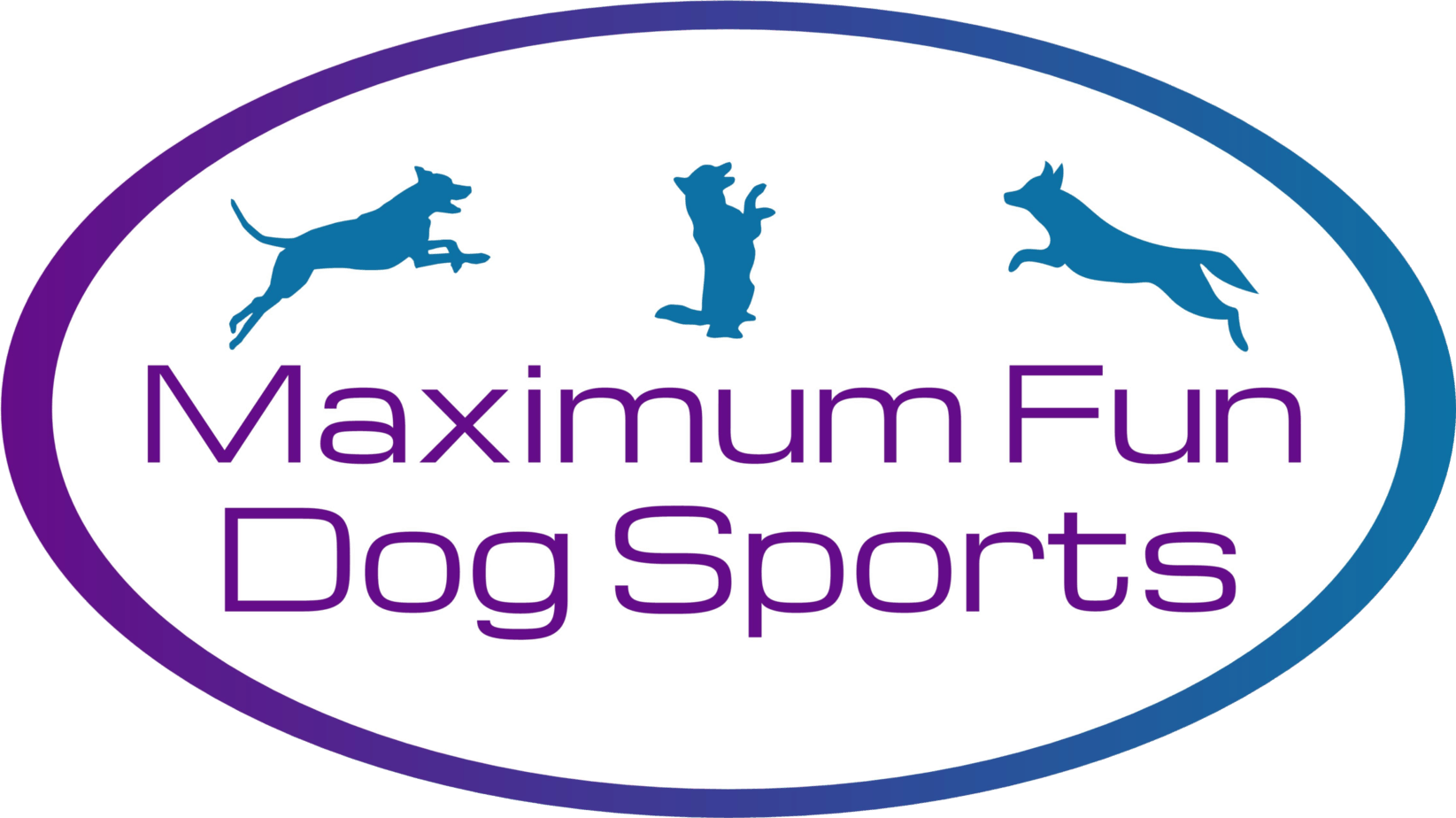
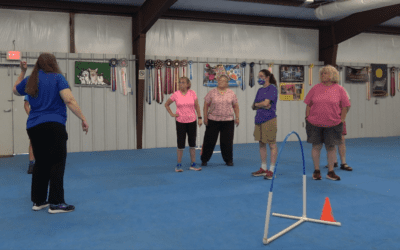
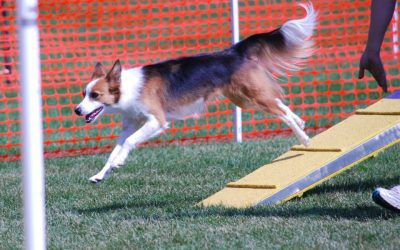
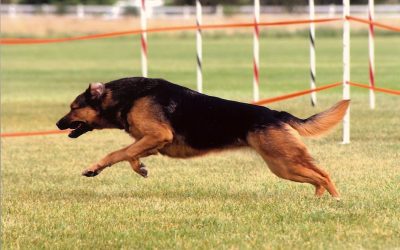
0 Comments